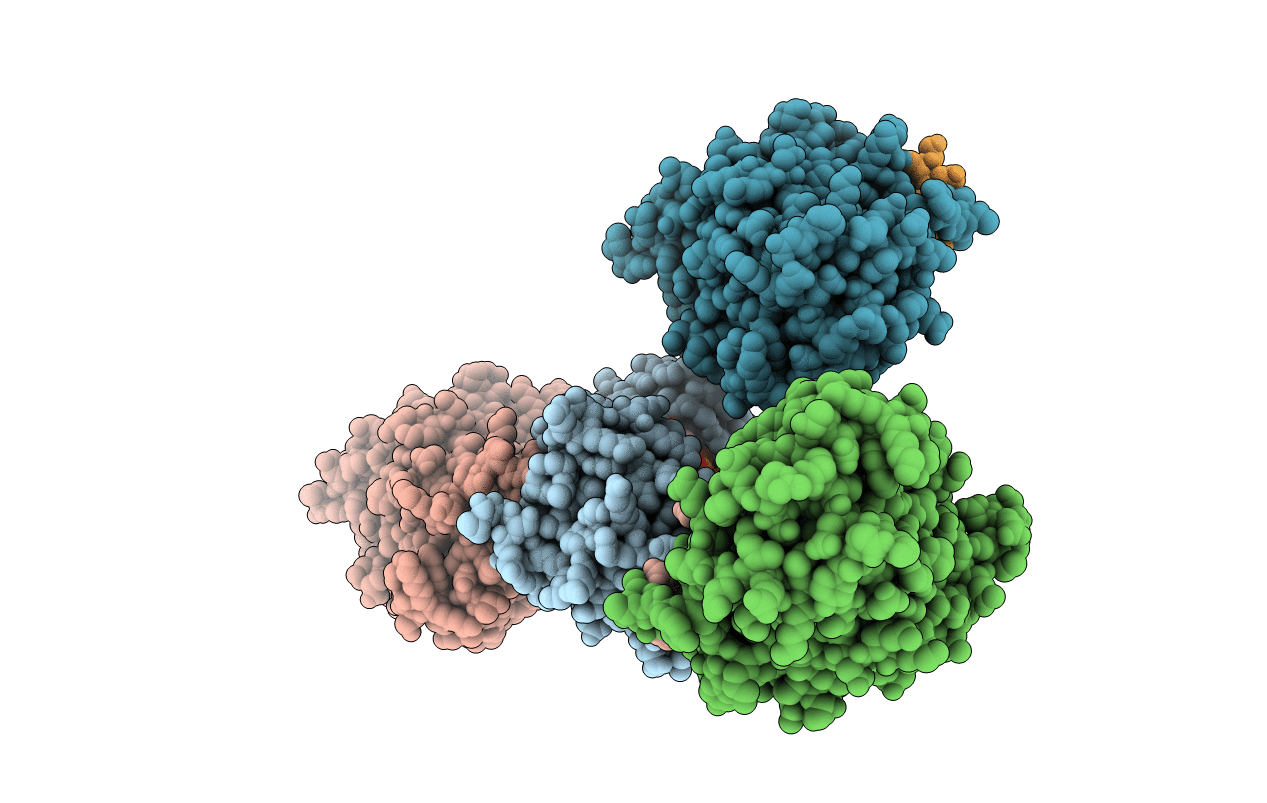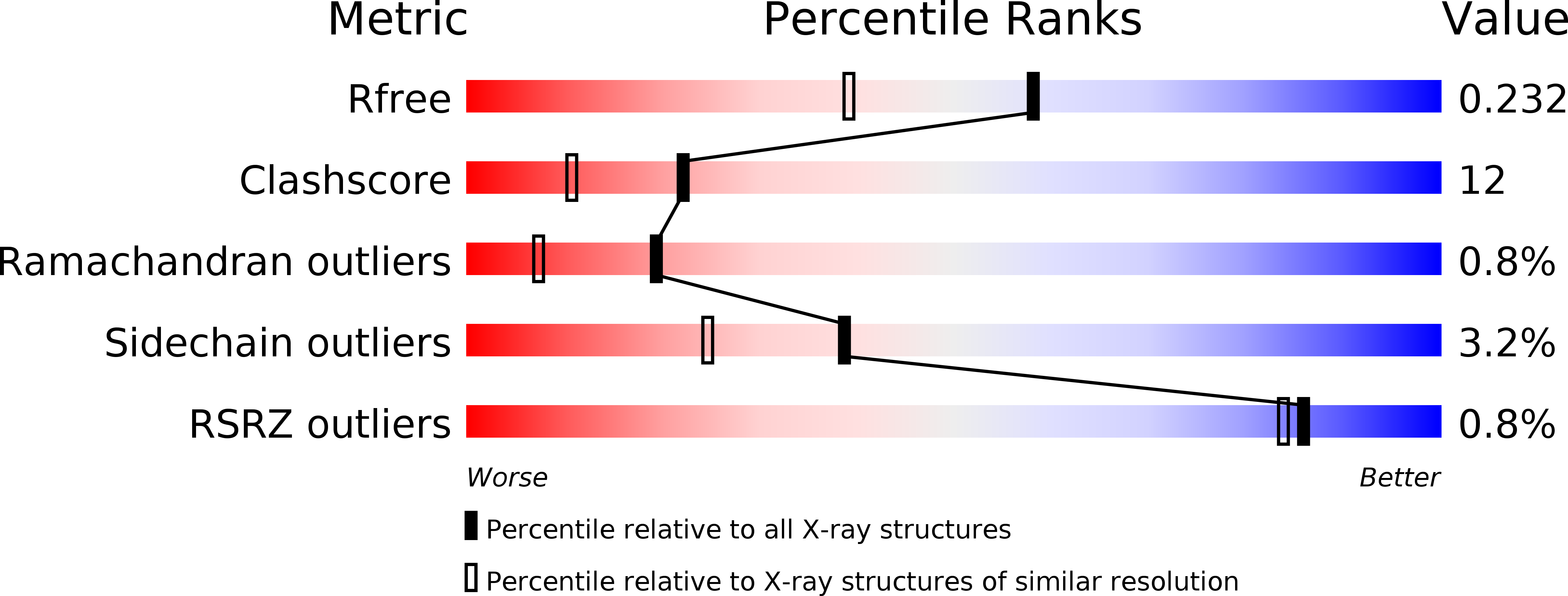
Deposition Date
2006-02-14
Release Date
2006-05-23
Last Version Date
2024-10-30
Entry Detail
PDB ID:
2G1T
Keywords:
Title:
A Src-like Inactive Conformation in the Abl Tyrosine Kinase Domain
Biological Source:
Source Organism:
Homo sapiens (Taxon ID: 9606)
Host Organism:
Method Details:
Experimental Method:
Resolution:
1.80 Å
R-Value Free:
0.24
R-Value Work:
0.21
R-Value Observed:
0.22
Space Group:
P 1 21 1


